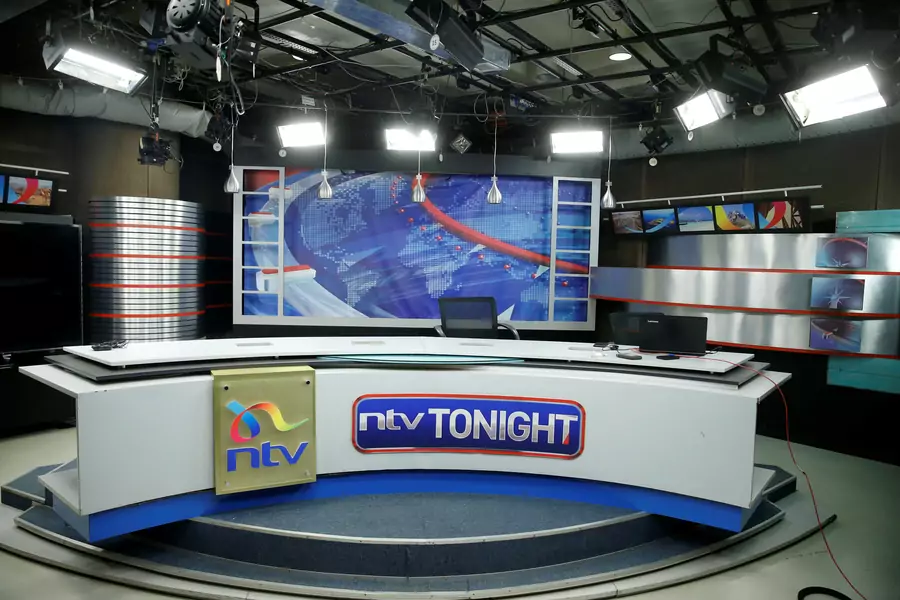Press Freedom Varies Considerably Across Africa

Each year, Reporters Without Borders (RWB) publishes a list of 180 countries rank-ordered according to the degree of freedom the media enjoys. RWB uses objective criteria, which it outlines on its website. It cautions that it is measuring media freedom, not media quality.
Its list is divided into five bands, from best to worst.
More on:
The top band consists of seventeen countries, mostly in Europe but none from the African continent. The second band consists of thirty countries, five of which are African. For comparison’s sake, it includes countries like Canada (no. 18), France (33), the United Kingdom (40), and the United States (45). The African countries are as follows: Ghana (23), Namibia (26), South Africa (28), Cape Verde (29), and Burkina Faso (41). In these African countries, freedom of the media is roughly equivalent to that of the United States and big NATO allies. In fact, they all actually rank higher than the United States and, with the exception of Burkina Faso, the United Kingdom.
The third band runs from Botswana (48) to Bolivia (110). There are twenty-one African countries, including Senegal (50), Liberia (89), and Kenya (96). Others in this band include Hong Kong (70), Mongolia (71), and Israel (87).
The fourth band runs from Bulgaria (111) to Kazakhstan (158). This band includes seventeen African countries, including most of the large ones: Uganda (117), Nigeria (119), Angola (121), Ethiopia (150), and the Democratic Republic of Congo (154). This band also includes India (138), Russia (148), and Turkey (157).
The fifth and final band, representing the countries with the worst media freedom, runs from Burundi (159) to North Korea (180). It includes five African countries in addition to Burundi: Somalia (168), Equatorial Guinea (171), Djibouti (173), Sudan (174), and Eritrea (179). This band also includes Cuba (172), China (176), and Syria (177).
The bad news is that the twenty-eight African countries in the bottom half of the list outnumber the twenty-one in the top half. Further, Africa’s largest states by population are in the bottom half: Nigeria, Ethiopia, and the Democratic Republic of Congo. The good news is that the top half includes almost all of the states of the southern cone (Namibia, South Africa, Botswana, and Lesotho), Ghana, and several francophone states around the continent, such as Senegal, Madagascar, Niger, and Ivory Coast. Other good news is that the five African states comparable in media freedom to the United States include two large, important ones: Ghana and South Africa.
More on:
The RWB index provides a useful tool for comparing media freedom around the continent. It also provides yet another example of the diversity of the African continent. With respect to media freedom, Ghana and South Africa, for example, are far removed from Sudan and Eritrea.
 Online Store
Online Store